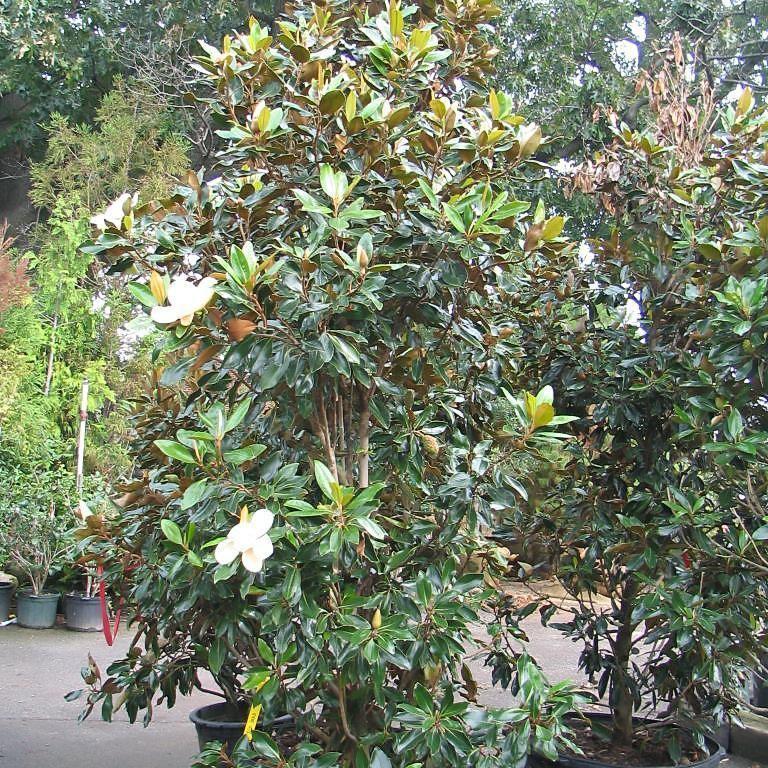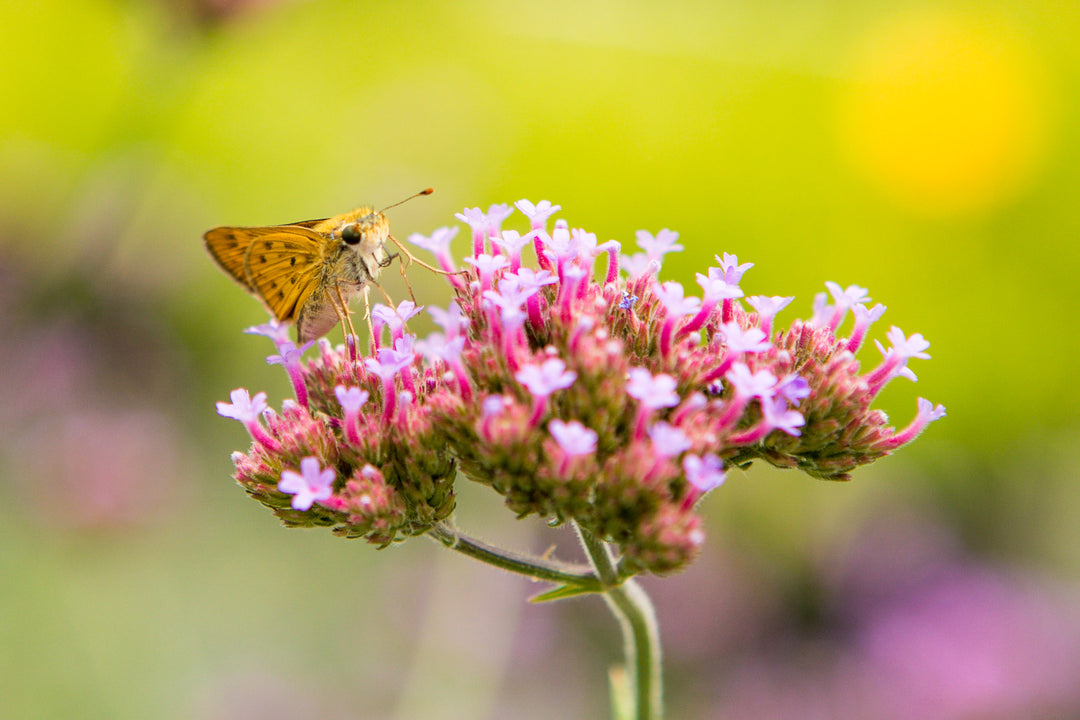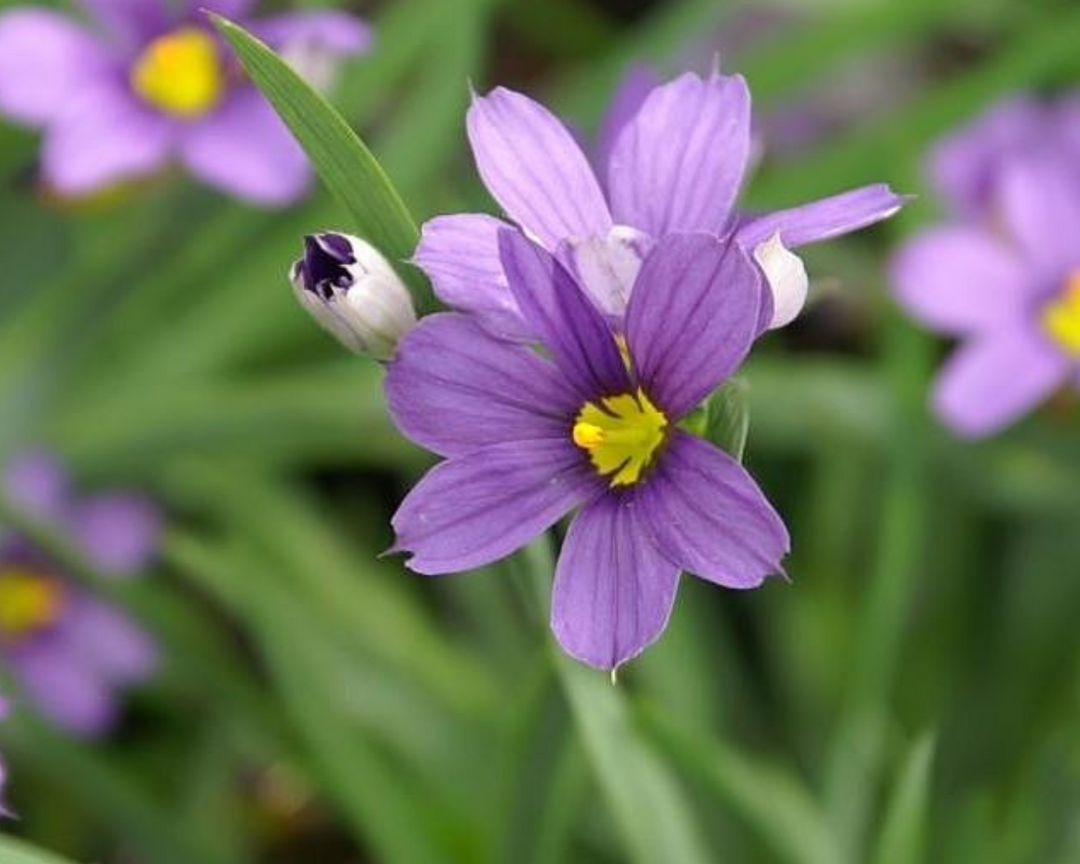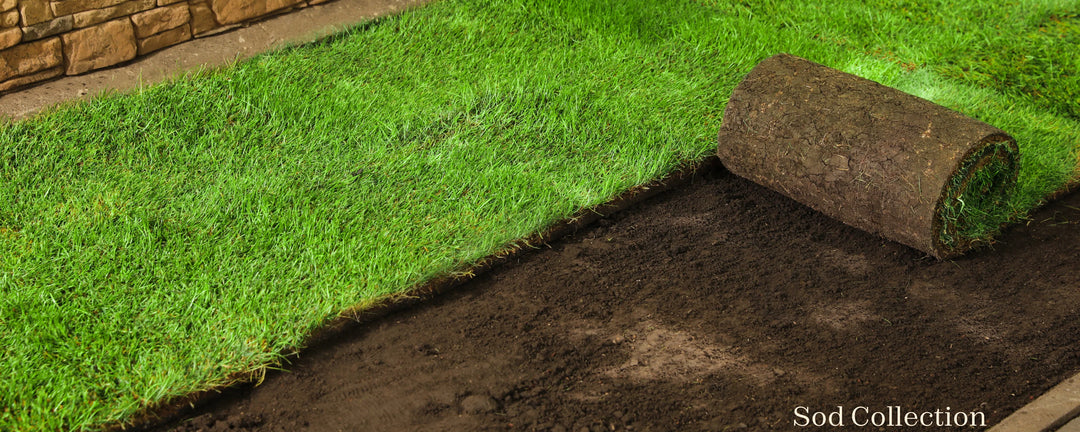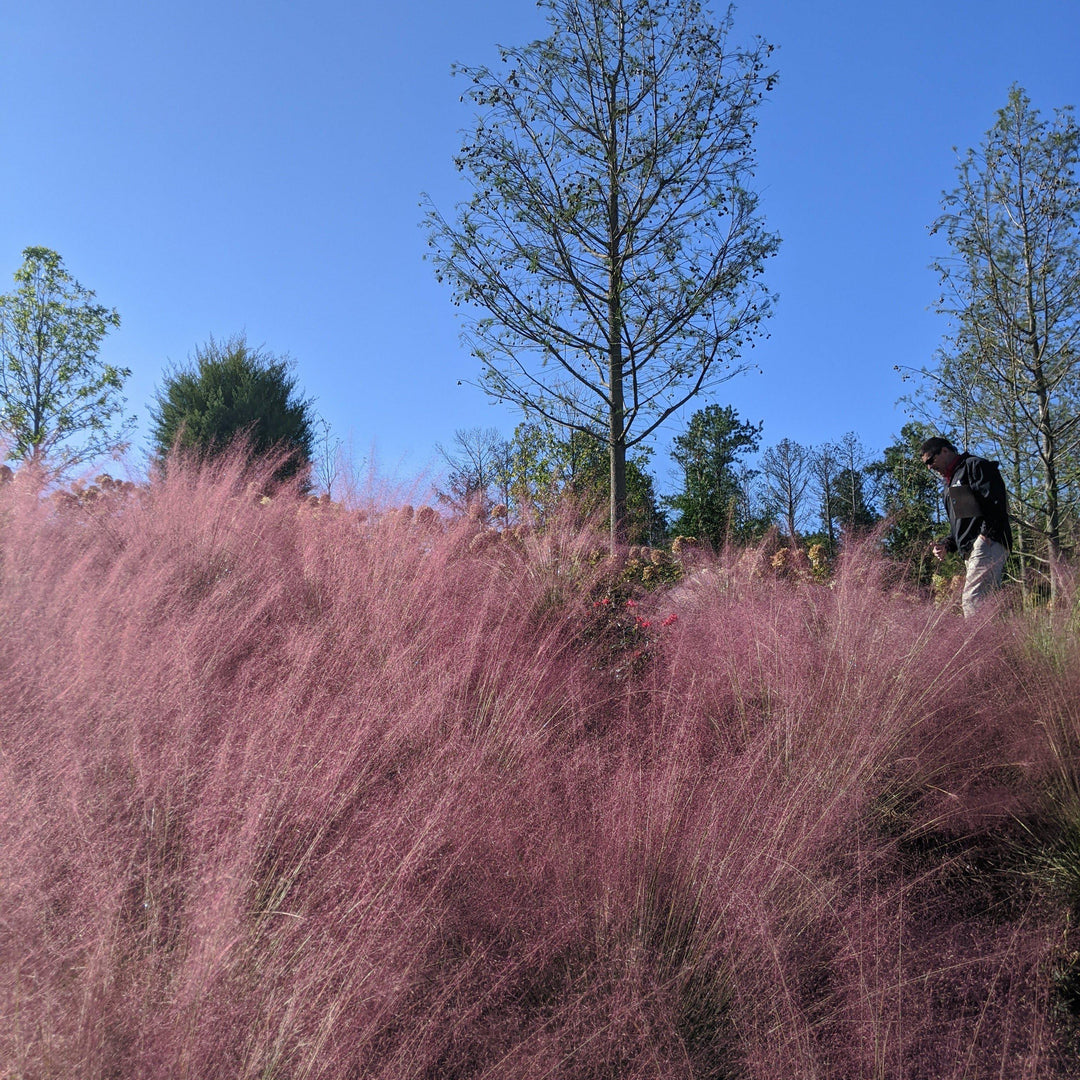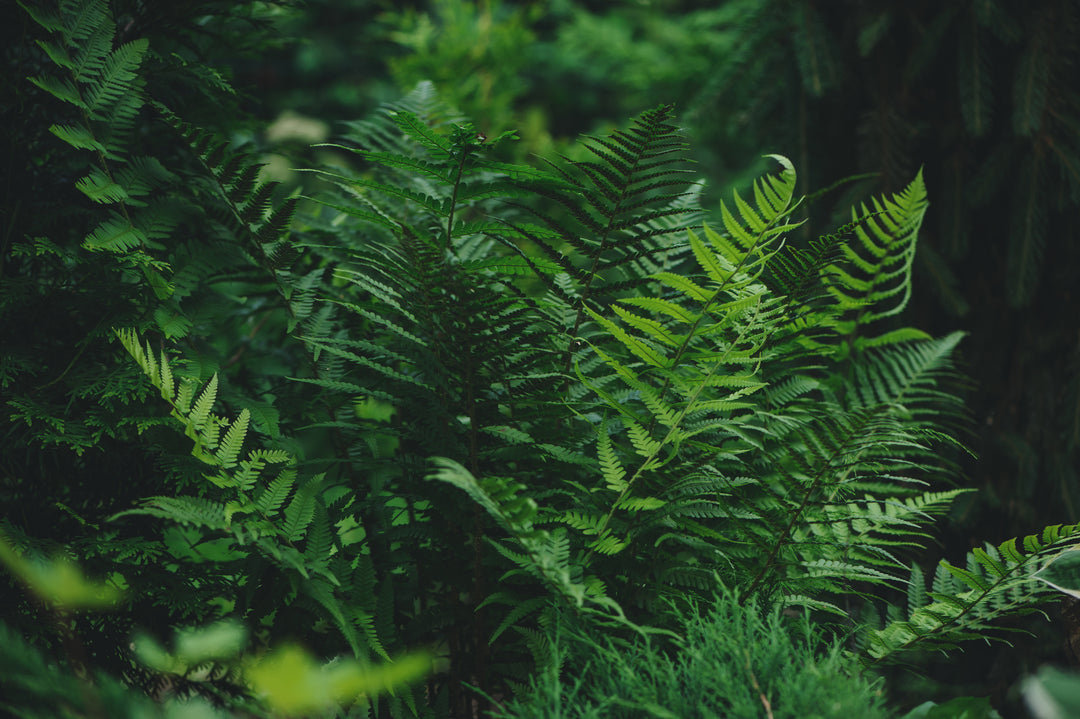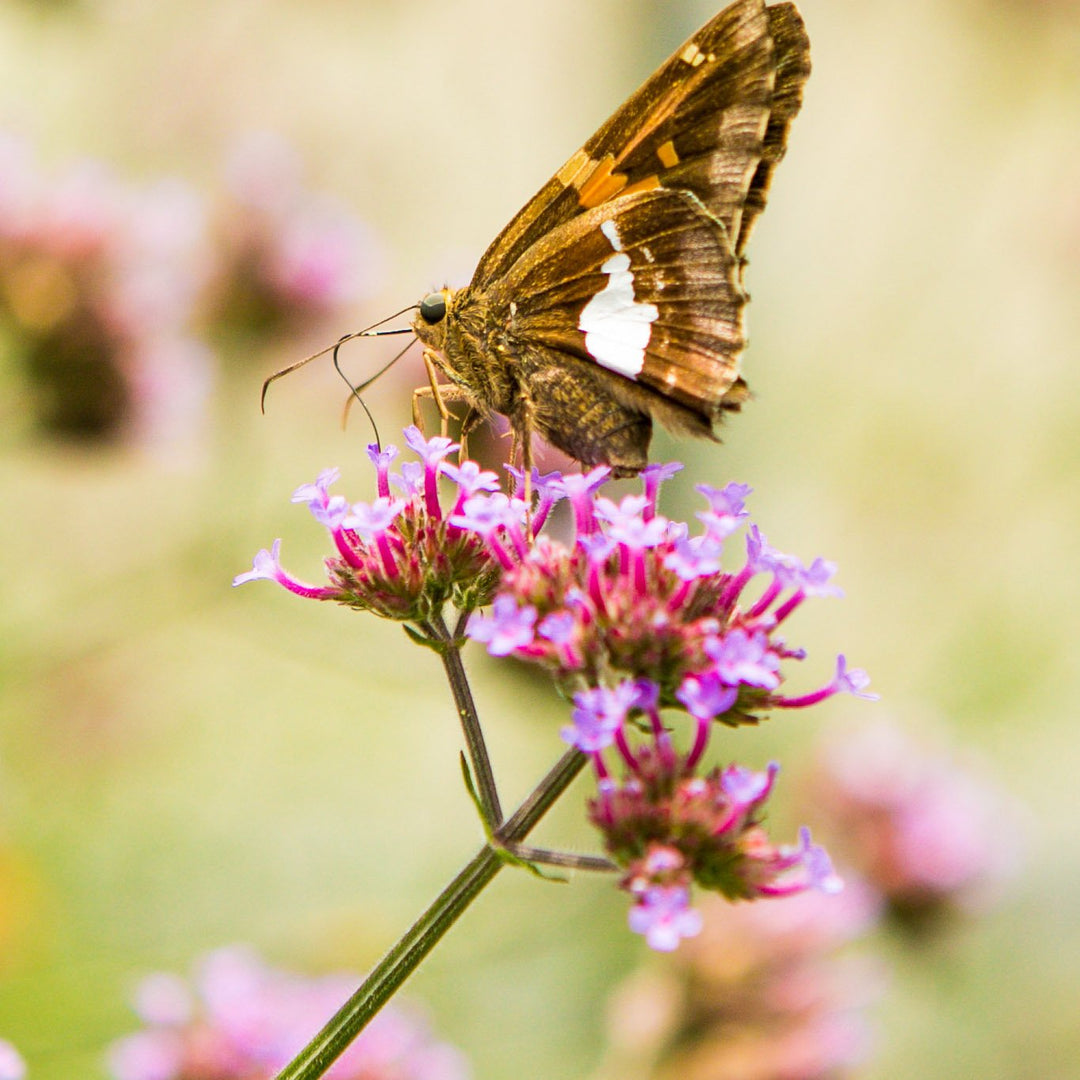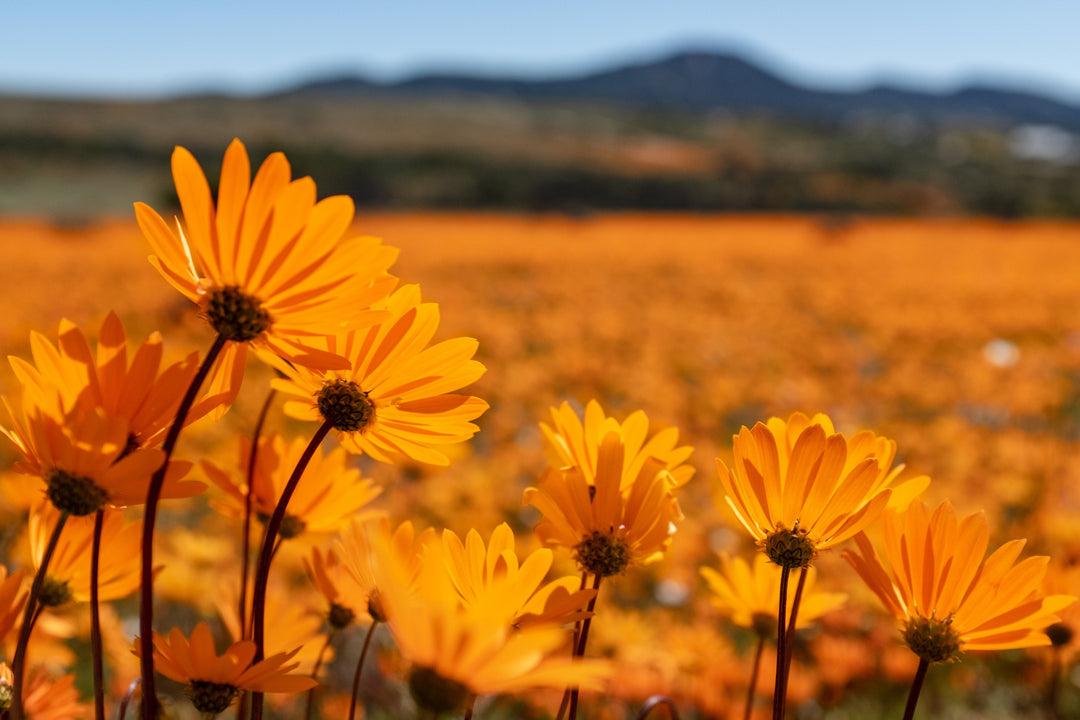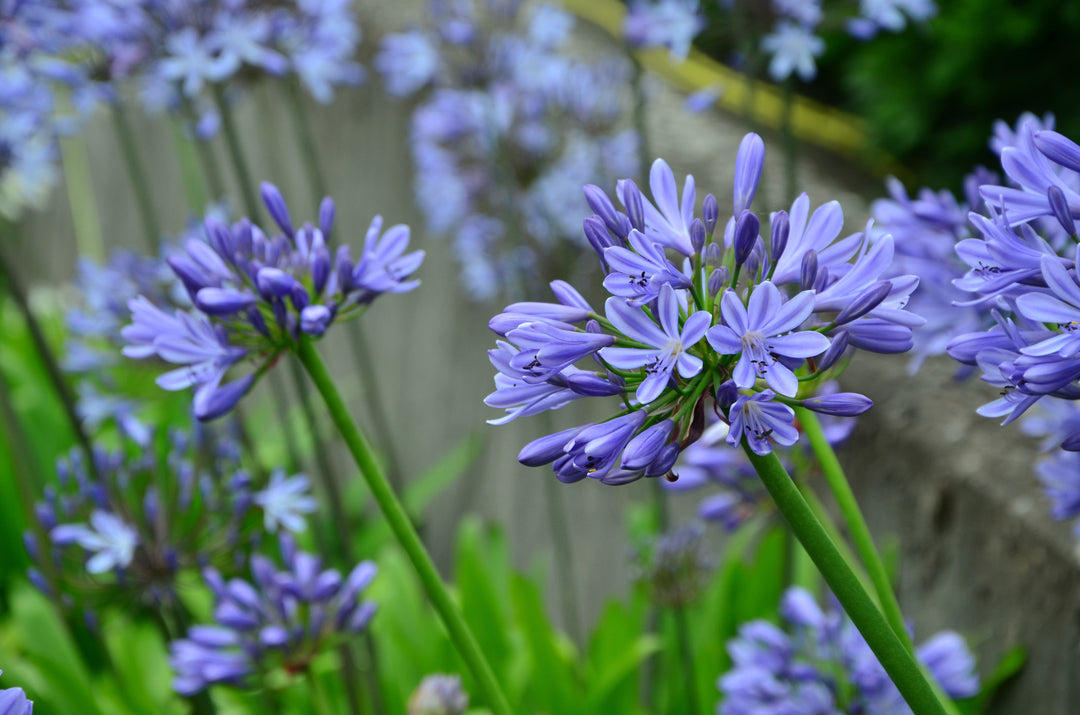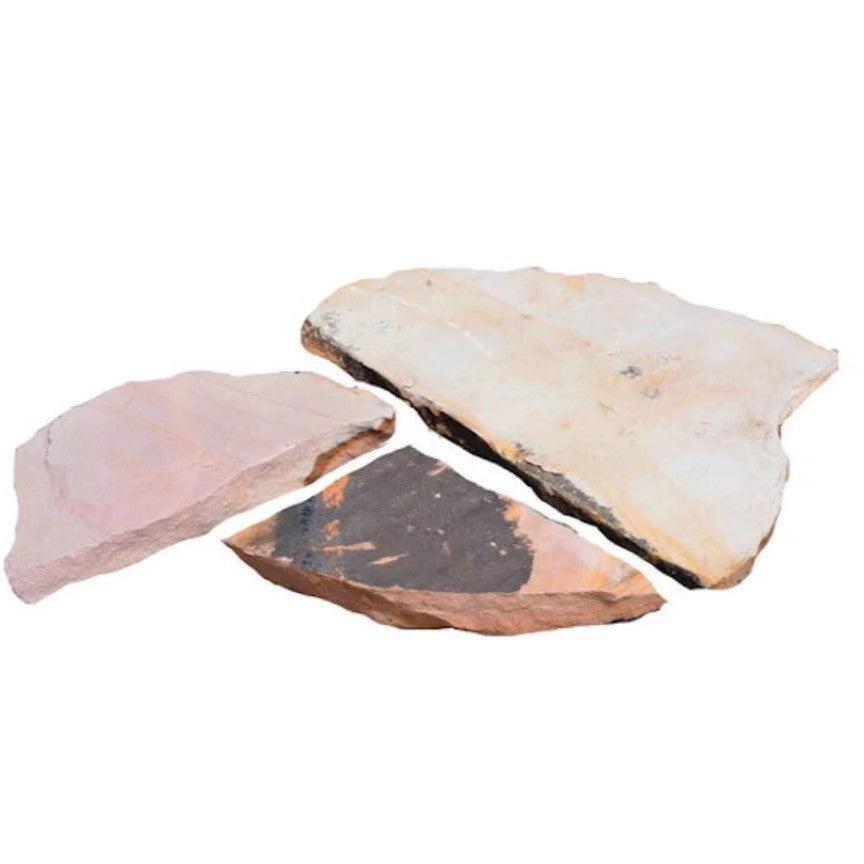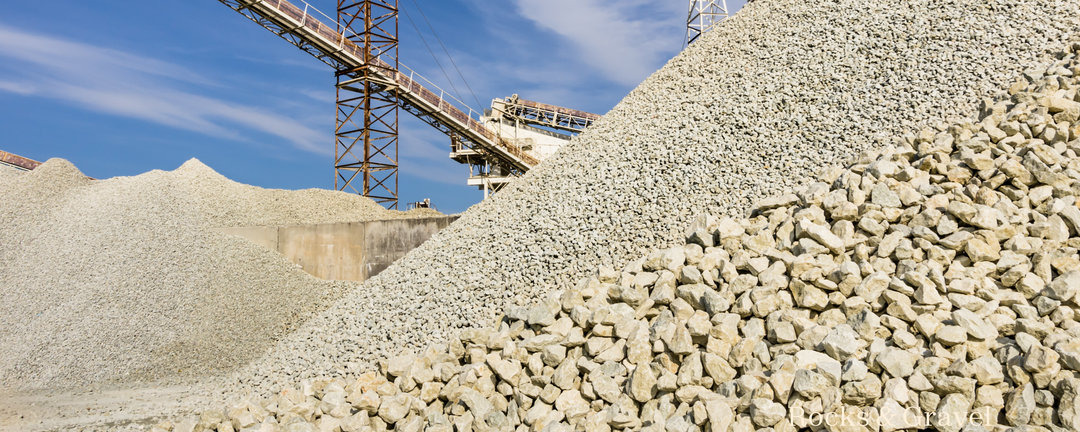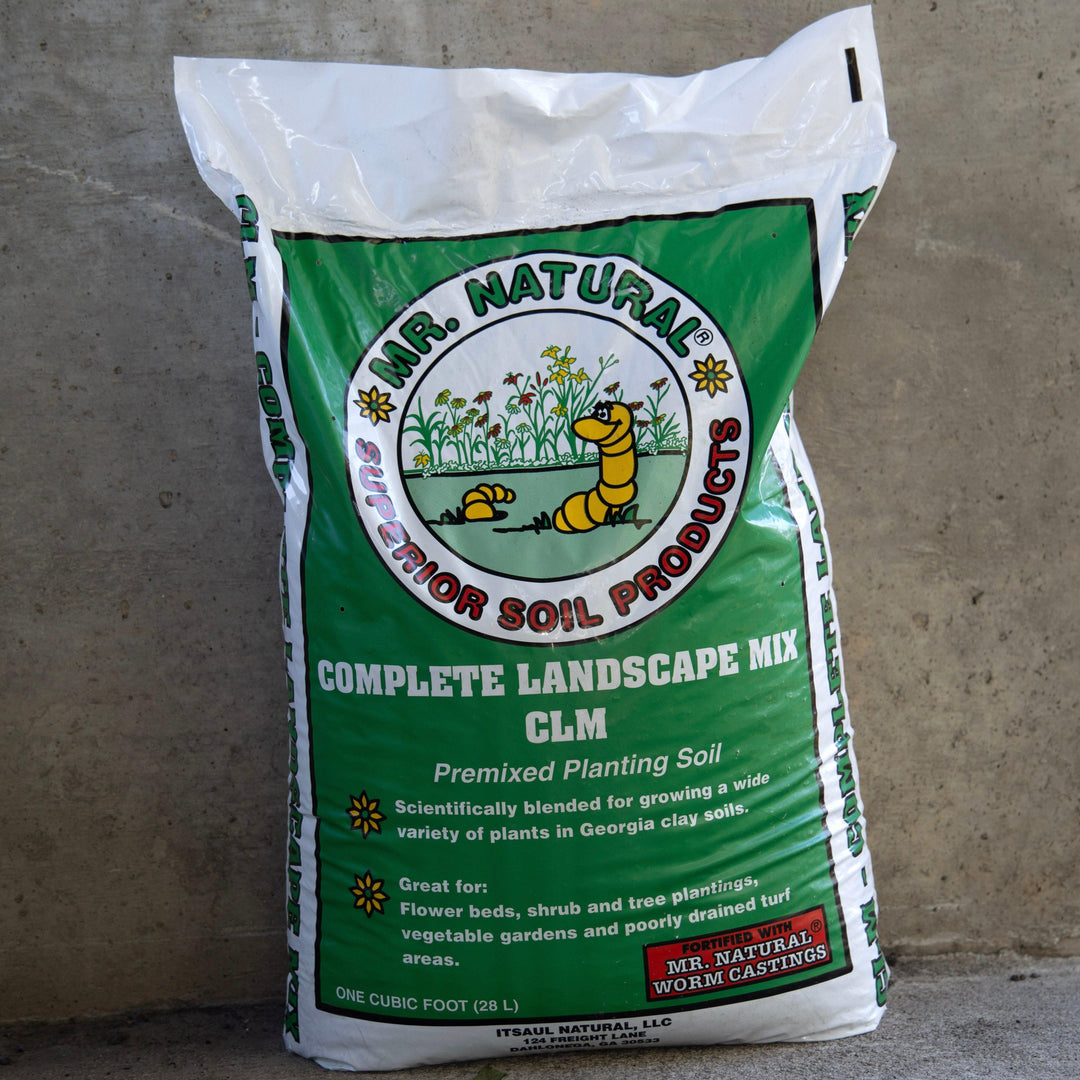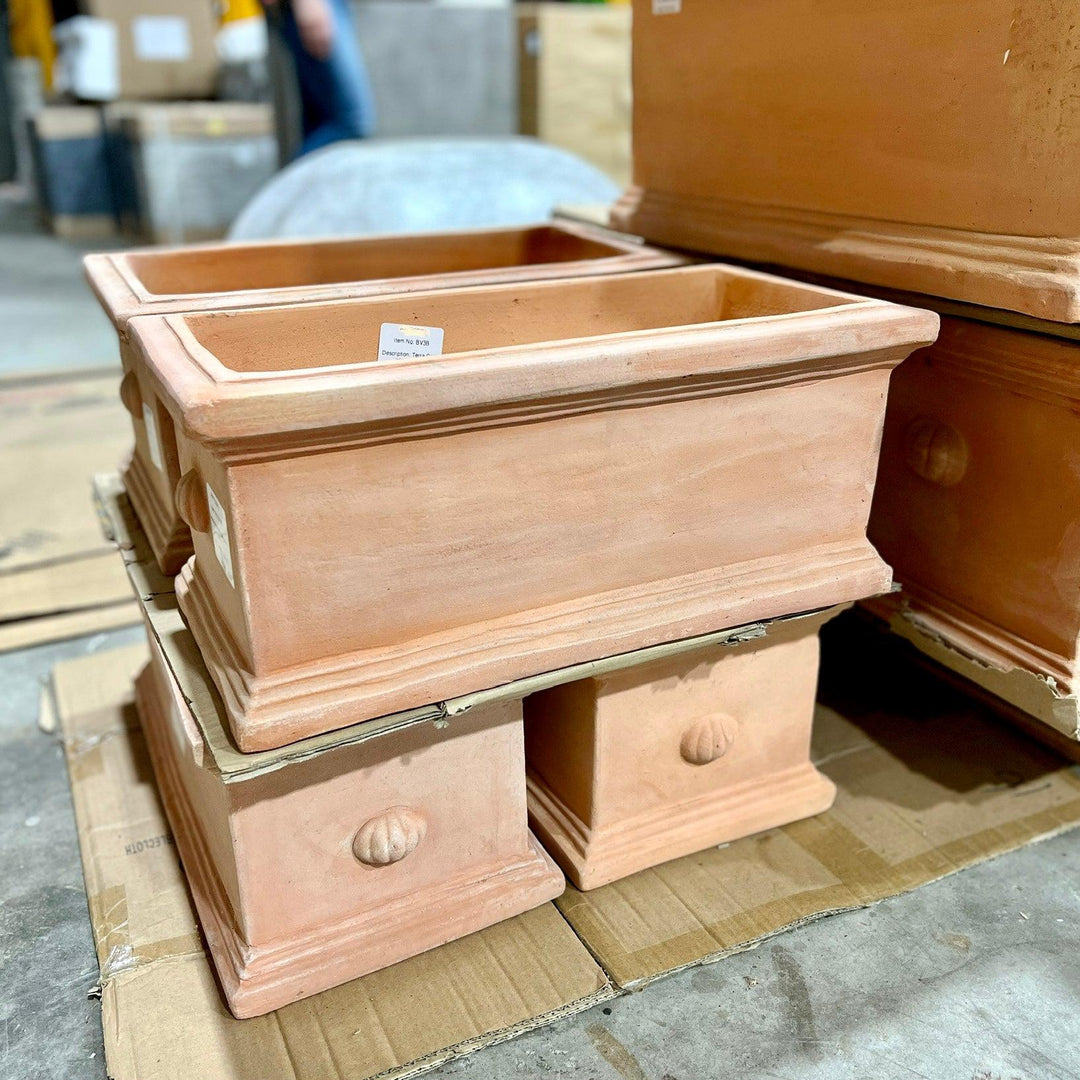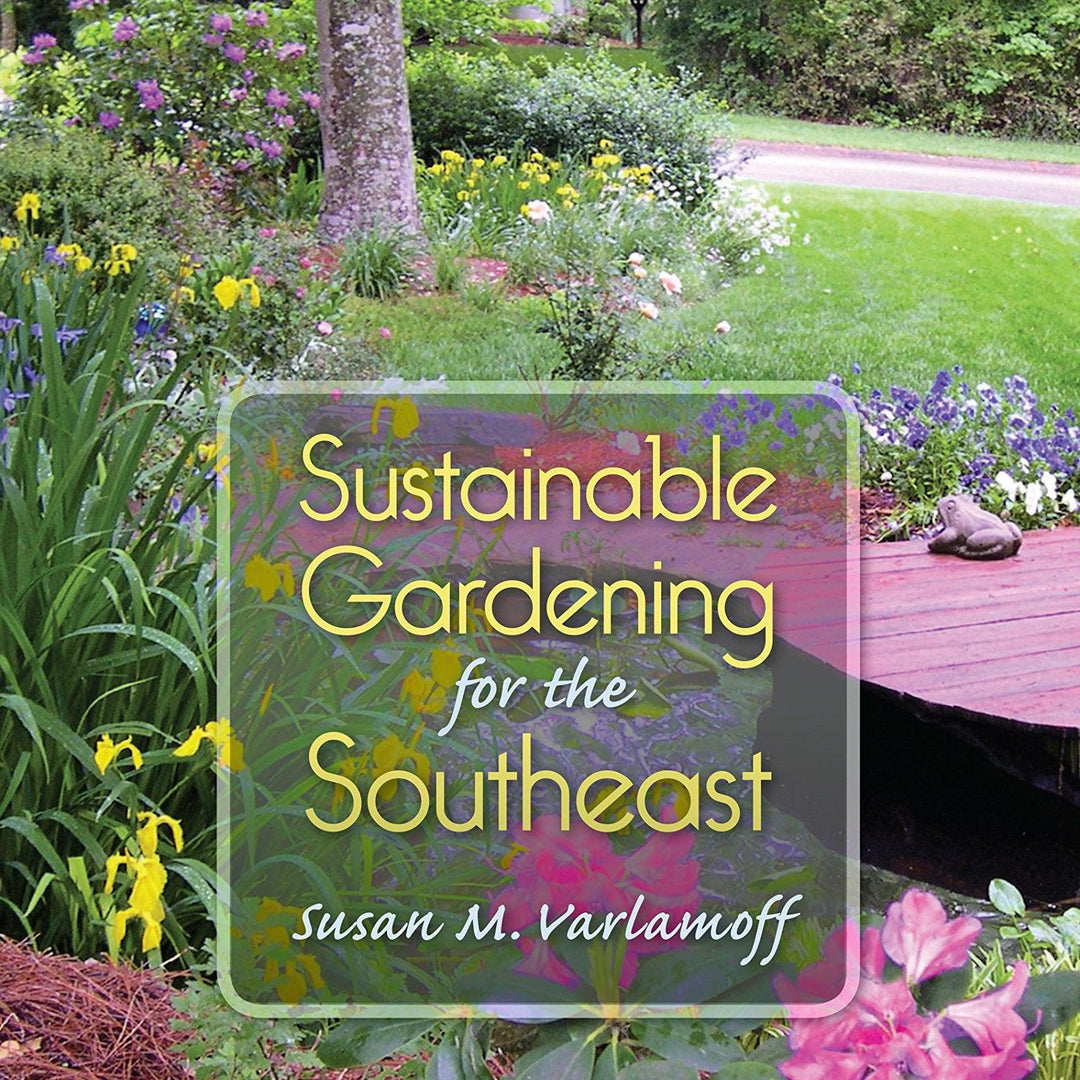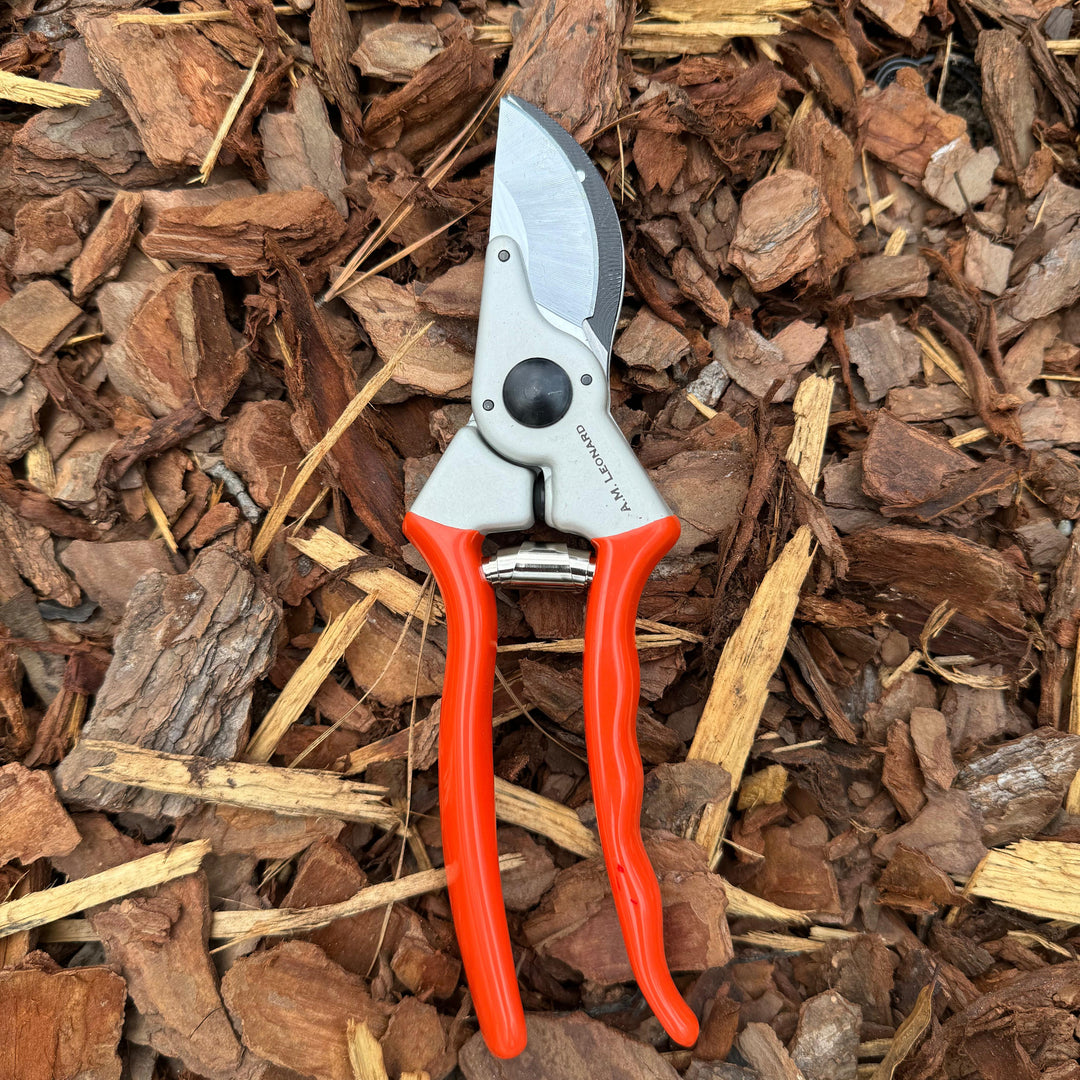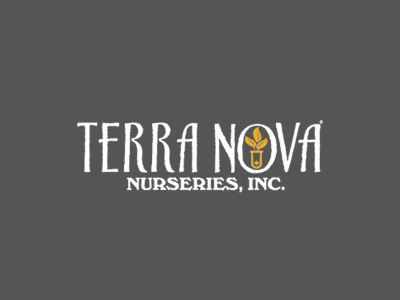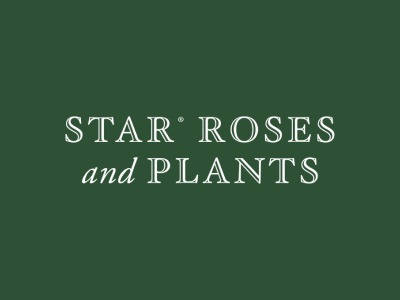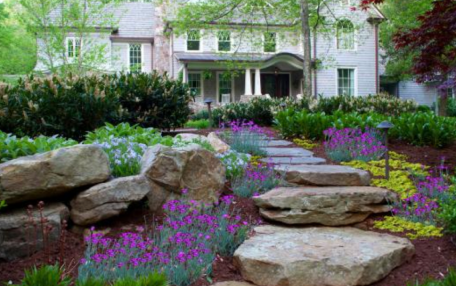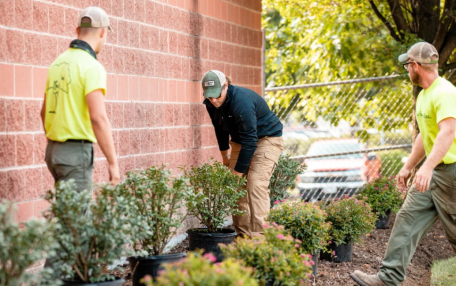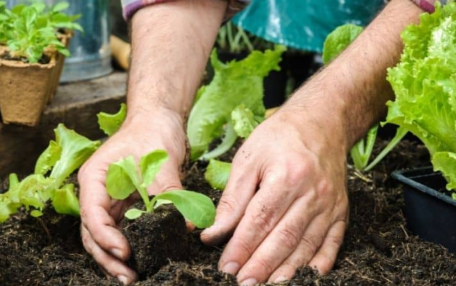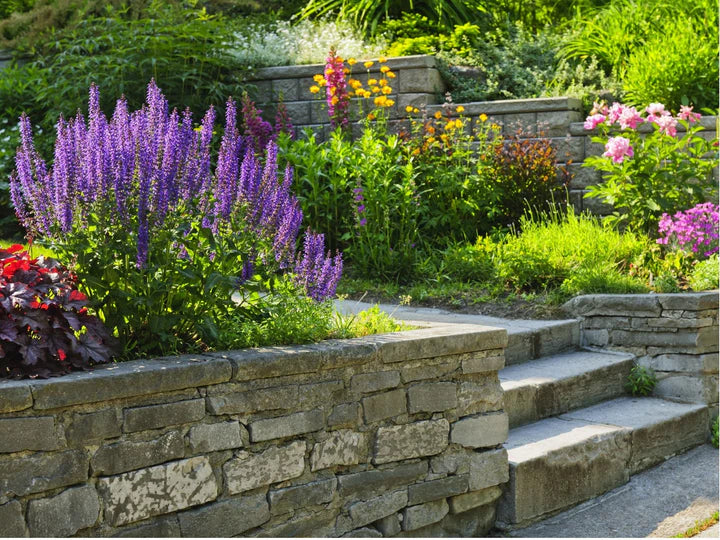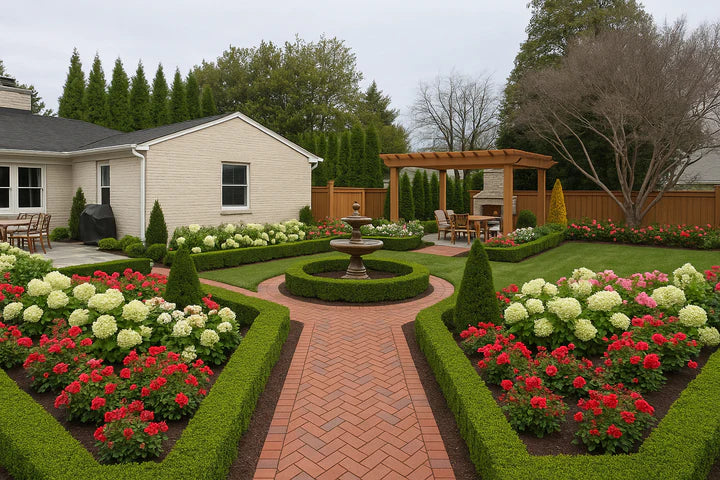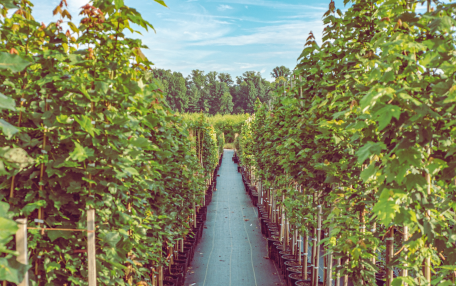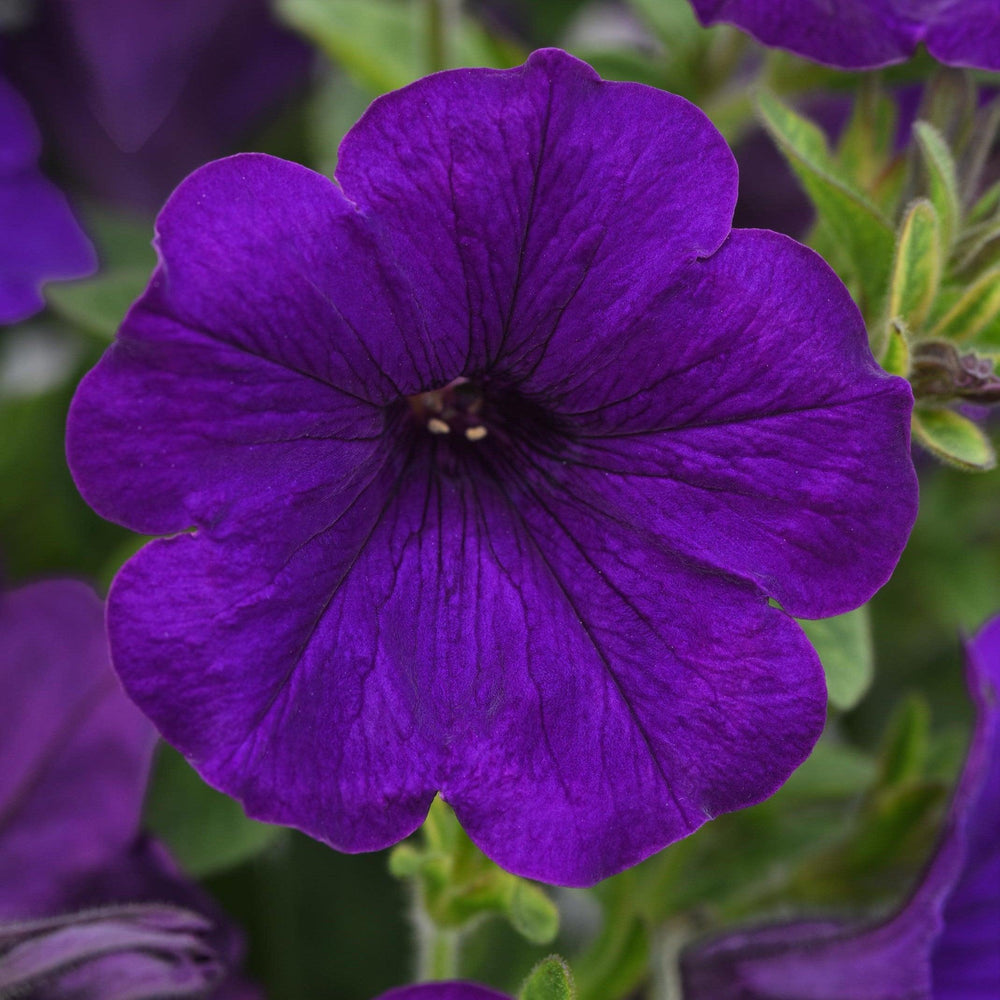Wild & Native Garden Design
A Southern Landscape Rooted in Resilience and Ecology
The Wild & Native garden style is all about embracing the natural rhythms of the Southeast—letting native plants take center stage in a low-intervention, habitat-rich landscape. It’s the antidote to over-manicured lawns and high-maintenance beds, offering a space that feels alive, restorative, and ecologically purposeful.
Instead of imposing control, this garden works with nature. Layered plantings, natural textures, and seasonal shifts create a space that supports birds, pollinators, and local biodiversity while requiring far less input from you.
[Try InstaScape now → Here]

Design Elements of a Wild & Native Garden
Wild & Native landscapes draw inspiration from natural ecosystems—woodlands, meadows, creek edges—and mimic those patterns with thoughtful, layered planting and rustic materials.
Organic Layouts:
Plantings follow drifts, not rows. Think soft groupings, natural succession, and gentle transitions between plant types.
Natural Hardscaping:
Paths of decomposed granite or gravel wind casually through the planting. Boulders, logs, and stumps become both focal points and wildlife havens.
Ecological Features:
Pollinator hotels, birdbaths, dry creek beds, and seed heads offer habitat and food. Fallen logs and tree stumps double as seating and insect habitat.
Color and Texture:
The palette reflects the Southern landscape—meadow golds, soft purples, warm greens, and the rust tones of fall. Native grasses bring movement and year-round interest.
Top Plant Picks for a Southern Wild & Native Garden
These plants are tough, beautiful, and foundational to the health of Southern ecosystems. Many serve as host plants for butterflies or food sources for birds.
For the entire collection: Click here.
Native Grasses and Ground Textures
-
Schizachyrium scoparium (Little Bluestem) – Upright structure with seasonal color shift
-
Muhlenbergia capillaris – Cloud-like pink plumes in fall
-
Eragrostis spectabilis (Purple Love Grass) – Soft, swaying ground layer
-
Chasmanthium latifolium (Inland Sea Oats) – Bold seed heads with wildlife value

Pollinator-Friendly Native Perennials
-
Asclepias tuberosa (Butterfly Weed) – Essential for monarch butterflies
-
Monarda didyma (Bee Balm) – Fragrant and hummingbird-friendly
-
Solidago rugosa (Rough Goldenrod) – Fall nectar powerhouse
-
Coreopsis verticillata – Fine texture, long bloom, bright effect

Wildlife-Friendly Shrubs & Small Trees
-
Itea virginica 'Henry’s Garnet’ – White flowers and vivid fall color
-
Callicarpa americana (Beautyberry) – Irresistible purple berries
-
Viburnum acerifolium (Mapleleaf Viburnum) – Shade-tolerant and compact
-
Amelanchier canadensis (Serviceberry) – Berries for birds and people

Native Canopy and Understory Trees
-
Cornus florida (Flowering Dogwood) – Spring blooms and fall fruit
-
Cercis canadensis (Eastern Redbud) – Heart-shaped leaves, early flowers
-
Carpinus caroliniana (American Hornbeam) – Sculptural form and fall tone
-
Nyssa sylvatica (Black Gum) – Glossy foliage and top-tier wildlife support

Design Enhancements for Wild Beauty and Habitat Function
Paths and Materials: Use curved gravel or mulch paths to allow for flow and softness. Add flat stepping stones or log slices for informal walkways.
Lighting: Keep lighting minimal. Soft solar path markers or downlights on trees maintain the garden’s natural feel without disturbing wildlife.
Furniture: Rustic benches or boulders blend into the space. Salvaged wood or tree-stump stools offer rest without disrupting the look.
Natural Features: Include a pollinator hotel, a stump habitat, or a shallow basin for birds and butterflies to sip and bathe.
Tips for Wild & Native Success in the South
Start with Structure: Grasses and shrubs form the backbone of the design. Layer perennials and groundcovers around them.
Be Patient: Native gardens evolve. Let the plants fill in and shift naturally—resist the urge to over-prune or edge.
Water Wisely: Once established, most natives need little to no irrigation. Group plants by water need to ease the transition.
Leave the Leaves: Fall leaf litter provides vital overwintering habitat for many beneficial insects. Don’t rake it all away.
Celebrate the Seasons: Design for bloom successions and seed head interest through fall and winter.
Wild & Native Garden Inspiration

Grow Something Wild, Rooted, and Resilient
The Wild & Native garden is more than a style—it’s a movement toward ecological gardening that gives back more than it takes. It celebrates regional beauty, restores balance, and creates a low-maintenance space where nature leads the way.
Ready to rewild your space?
With InstaScape, it’s easy to turn inspiration into installation. Our free design tool builds personalized garden plans using native plants tailored to your yard’s conditions. Whether you’re restoring a meadow, building a pollinator corridor, or transforming a front lawn, we’ll help you grow wild—with purpose. [Try InstaScape now → Here]

